Premium Only Content
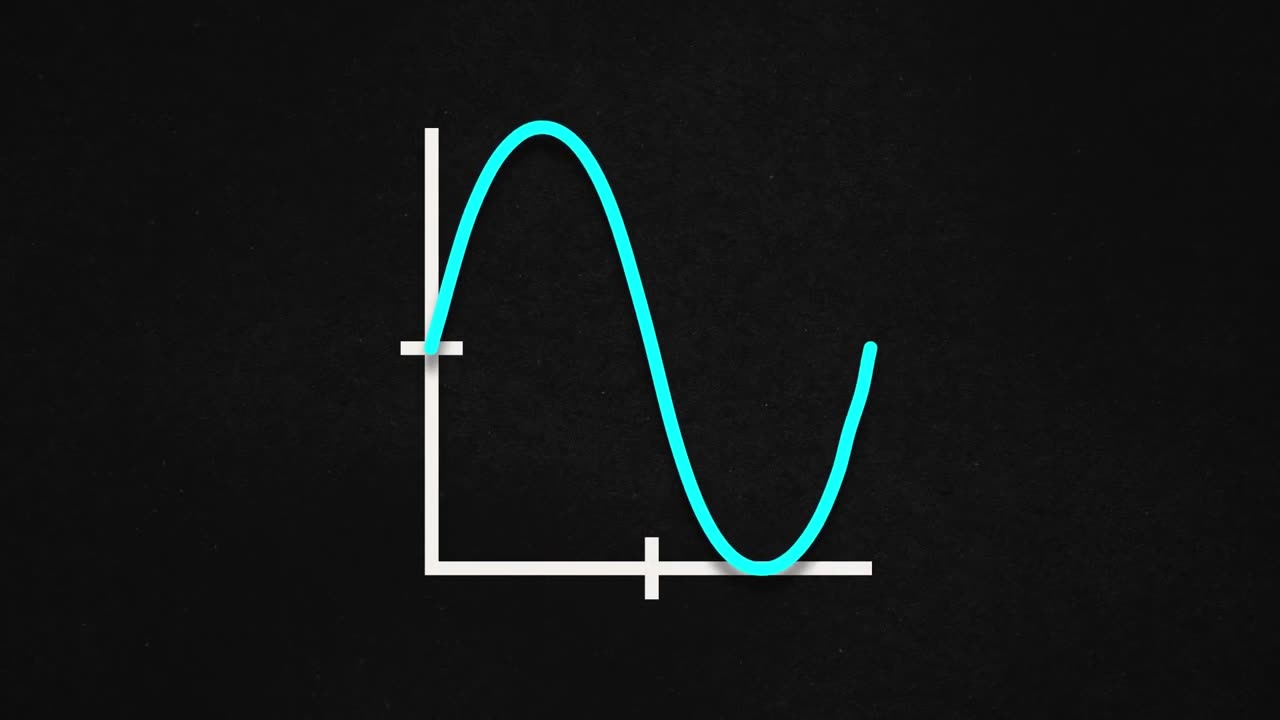
How Cell Service Really Works
Original video: https://www.youtube.com/watch?v=0faCad2kKeg
How to explain binary code of the spectrum. Translate electrical radiation to sensors in the brain that interpret an image.
380nm blue
780nm red
As wavelength changes the properties change. Higher waves have more energy that pass through materials.
Amplitude is the strength of the radio wave. Amplitude modulation can work over huge distances, but gets interfered with and not good for transmitting large amounts of data.
Distance between waves is the frequency that is proportional to wavelength temporally.
Microwave transmitters help the direct line of site between transmitter and receiver. For fixed cell sites, many have microwave transmitters can locate cell sites almost anywhere. The hexagon signal must reach far enough to not drop the signal between transmitters.
832 allocated licenses for cell service. Spectrum allocation is crucial so everyone has their license. 42 used for cell. 790 left. Outbound 395 and inbound 395. No bordering cells could use the same frequency, or 1/7 of available channels thus 56 users per cell towers. To expand 2G calls are no longer transmitted as audio instead digital using phase and amplitude. One only need part of the channel now. You cannot compress a two minute call into 8 times lots and rotate in rapid succession. It fires off 1 and 0s to now use 8 phones to use 1 channel. From 6 channels to 448. Time division multiple access. Code division multiple access for multiple phones on same channel simultaneously. Each user allocated a spreading code.
-
 1:04:59
1:04:59
Man in America
12 hours ago“Summoning the Demon” — The AI Agenda Is FAR WORSE Than We Know w/ Kay Rubacek
50.5K36 -
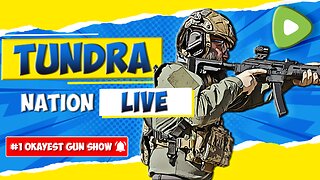 2:16:48
2:16:48
Tundra Tactical
10 hours ago $0.11 earned🎯💥 The World’s Okayest Gun Show 🔫😂 | LIVE Tonight on Rumble!
31.3K -
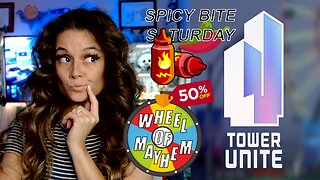 3:36:03
3:36:03
Mally_Mouse
1 day ago🌶️ 🥵Spicy BITE Saturday!! 🥵🌶️- Let's Play: Tower Unite!
57.1K2 -
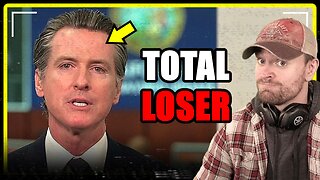 58:59
58:59
MattMorseTV
10 hours ago $1.61 earned🔴Trump just BROKE Newsom.🔴
73.1K85 -
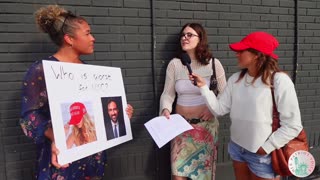 18:14
18:14
Her Patriot Voice
10 hours agoWho Is WORSE for NYC: Trump Girl or Socialist?
55K34 -
 3:39:42
3:39:42
SavageJayGatsby
9 hours agoSpicy Saturday with Mally! | Road to 100 | $300 Weekly Goal for Spicy Bites!
51.7K1 -
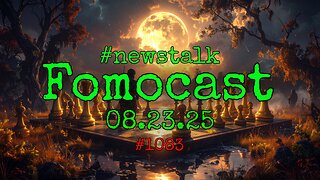 3:35:50
3:35:50
FomoTV
11 hours ago🚨 Swamp Theater: FBI Raids Bolton 🕵 Still NO Epstein Files, Trump's Troops & the Red Heifer Hoax 🐂 | Fomocast 08.23.25
23.9K7 -
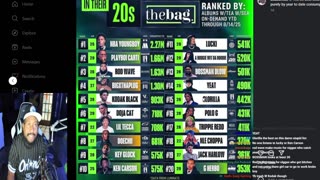 6:04:40
6:04:40
Akademiks
14 hours agoRoc Nation & Meg Thee Stallion did a 7 HOUR Deposition with me. Drake Secret Kid Finally Revealed.
60K3 -
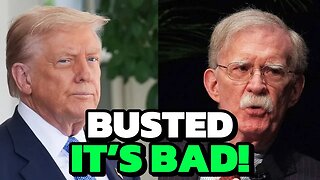 24:19
24:19
Stephen Gardner
11 hours ago🚨BREAKING: FBI Raid of John Bolton’s House Reveals THIS!
62.1K146 -
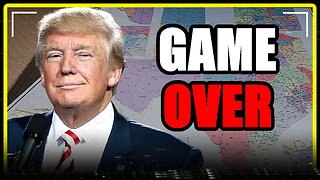 8:31
8:31
MattMorseTV
13 hours ago $1.22 earnedTexas just did the IMPOSSIBLE.
52K69